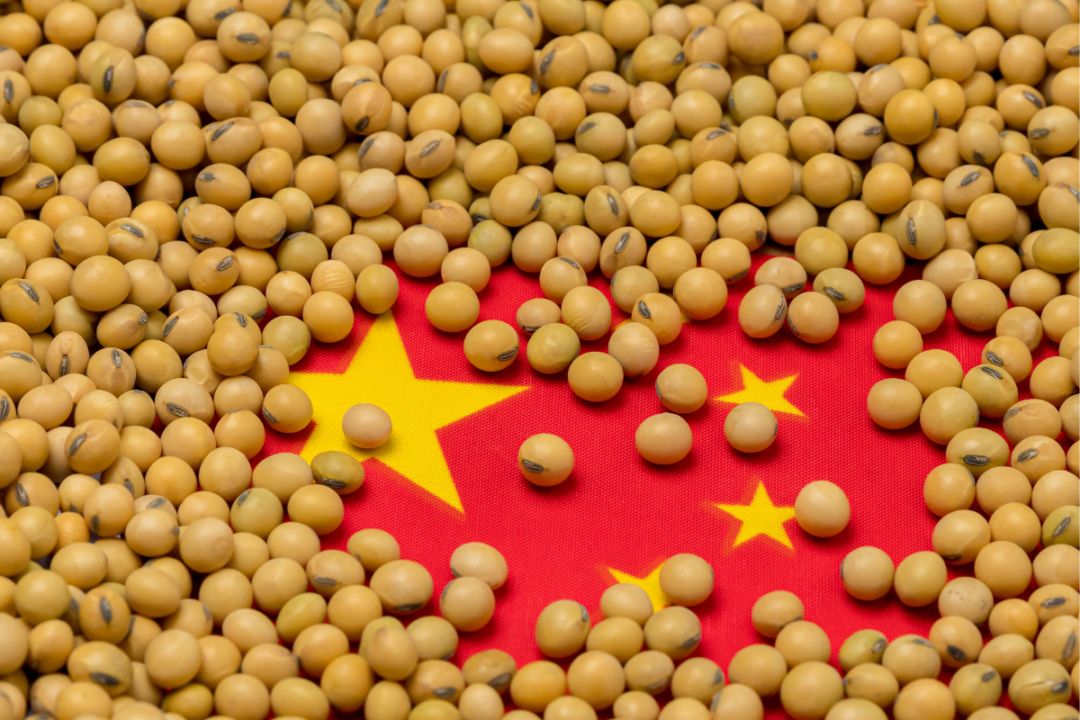China makes an effort to reduce soybean imports

China’s soybean imports have likely peaked, which has “profound” implications for oilseed and grain markets, according to a global food and agriculture bank.
The Chinese government has launched a campaign to reduce the country’s reliance on imported soybeans.
Soybean meal inclusion rates in feed rations are forecast to fall to 13.5 percent in 2025 from 15.3 percent in 2021.
They are expected to fall to 12 percent by 2030, according to a new report from Rabobank.
That will lead to a reduction in imports.
“The projected slowdown and eventual reduction in China’s soybean imports will have profound impacts on the entire global supply chain,” the bank stated in its China’s Soybean Import Outlook Through 2030 report.
China accounts for 60 percent of global soybean imports, so its actions have a huge impact on soybean prices, which in turn influence canola prices.
Rabobank believes the country’s soybean imports peaked in 2020 and are expected to fall to 87 million tonnes in 2025, from 94 to 95 million tonnes in 2022.
They will continue to decline to 84 million tonnes by 2030 under Rabobank’s low-soybean meal scenario.
Rabobank’s views are shared by Arlan Suderman, chief commodities economist for StoneX.
“It’s very possible that we have seen peak (Chinese) soymeal demand,” he said during a recent market outlook webinar.
China’s population is shrinking, which means decreased consumption of pork and other animal proteins.
African swine fever (ASF) also turned some people off pork because of the resulting high prices for the commodity.
“They found alternative protein sources and never fully came back to pork the way they were before,” said Suderman.
Government efforts to change feed rations to reduce the country’s reliance on imported soybeans are also proving effective.
“That has really helped contribute, along with ASF, to a flattening of soymeal demand from China,” he said.
Rabobank said there are a few factors that will influence overall feed demand in China in the years ahead.
Consumption of animal protein is expected to decelerate in the coming decades. Demand for pork and eggs is already reaching the saturation point in middle– to high-income households.
The penetration of commercial feeds continues to rise in the post ASF-environment. It is expected to reach 80 percent in hog rations in the next decade, up from 75 percent today due to the shift away from backyard operations.
However, improving feed conversion ratios means less feed will be required to produce the same amount of animal protein.
Taking all the various factors into account, Rabobank believes total animal feed consumption will continue to grow, reaching 486 million tonnes in 2025, up from 450 million tonnes in 2021.
It is expected to reach 523 million tonnes by 2030.
Meanwhile, the China Feed Industry Association is setting upper limits for soybean meal use in hog, layer, broiler, aquaculture and other feed rations.
The policy appears to be working. The industry-average inclusion ratio dropped to 15.3 percent in 2021, from 17.7 percent in 2020.
The upshot is that soybean meal use is expected to fall nine million tonnes by 2025 and 17 million tonnes by 2030.
“Converting these drops into soybeans crushed represents a decline in soybean usage of 11 million metric tons in 2025 and 22 million in 2030,” said Rabobank.
China is exploring the possibility of replacing soybean meal with novel protein sources, such as insect and microbial proteins.
In its 14th Five-Year Plan, China also set a target to increase domestic soybean production to 23 million tonnes by 2025, up from 19.5 million tonnes last year.
The country is considering allowing the planting of genetically modified crops in order to achieve that goal.
Write to us
Our manager will contact you soon



